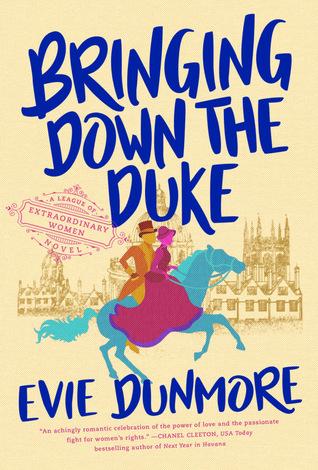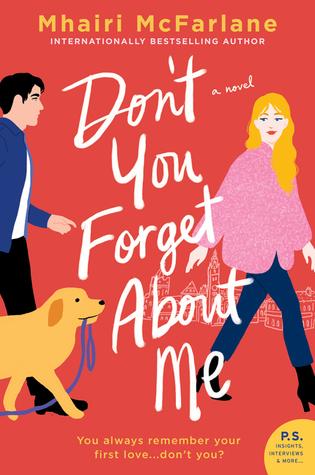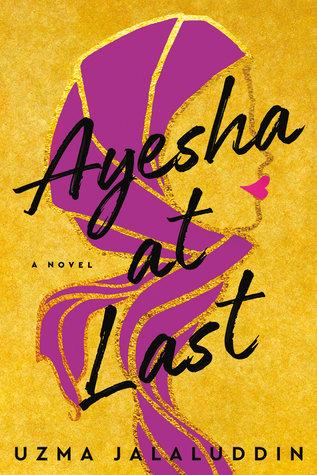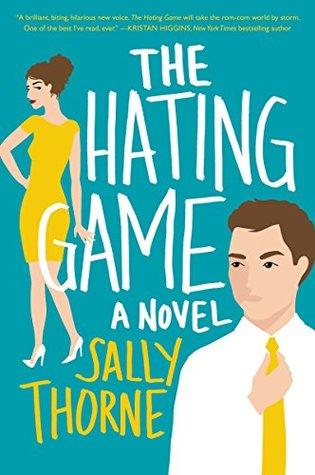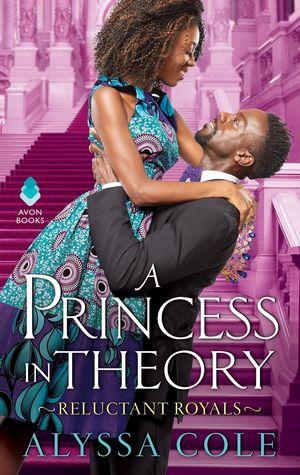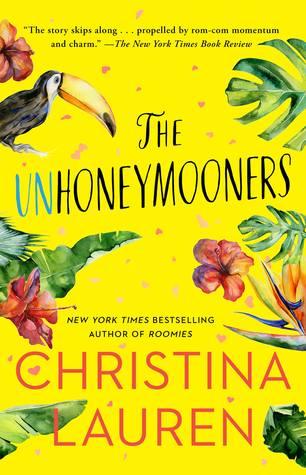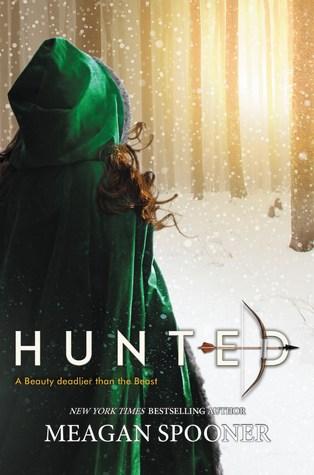Romance novels are my comfort reads. Typically, I don’t read many of them. While fun to read, they rarely stick with me. A lot of romances follow predictable patterns and rarely surprise – although I could argue that’s exactly why they are comforting.
But this year, anxiety levels have been way higher than usual — plus I began the year with the intention to read more for comfort and less because of challenges or other commitments. In January I read The Hating Game, or rather, I listened to it. The Hating Game surprised me. It was repetitive and predictable at times, but also clever, fun, and sexy — and I really liked the characters.
Until recently, I almost never read modern-day romances. I grew up on bodice-ripping historical novels of Kathleen Woodiwiss and then the Fabio-era of the 80s and 90s. I read these books under the covers long before I had any understanding of what was going on. I just loved the drama, the history, the clothes, the feisty heroines and dashing heroes.
But the romances of the 70s and 80s feel horribly dated today. Woodiwiss’ stories relied heavily on rape and assault. And even in the historical novels written today, it’s hard to be truly progressive or diverse because authors are stuck with the racism and social norms of the times they are writing about. So you either get historical detail or you get a fun but anachronistic romance. Courtney Milan and Scarlett Peckham are standouts but most of these historical novels all feel pretty much the same. So I’ve turned to modern romances – they are more relatable and more diverse. The characters have interesting jobs and difficult problems.
Now here’s my soapbox: romances are a genre that deserve to be read like any other. They don’t have to be your cup of tea — but all the romance-shaming I hear just feels more and more sexist. Take for example, the Read Harder challenge. The Read Harder challenge is about trying new genres and more diverse authors. Every year they include a romance category, because romance is a genre most people will apparently die before trying. The vitriol from readers about this category constantly surprises me. These are people, like myself, who are trying to broaden their reading, and yet they can’t stomach the idea of reading a romance.
Consider that romance is in stories all around us. Pride and Prejudice is the ultimate romance, but it’s literary. And men write books about romance too (Nick Hornby, Graeme Simsion, and Jonathan Tropper are well-known examples), only their books aren’t shelved way in the back of the bookstore or given super-cheesy covers.
It’s true that romances do tend to have pretty graphic sex in them, which is why we hide them away and read in secret – but then, other genres have explicit sex as well, and a hell of a lot more violence. Some romances are a lot more explicit than others and some aren’t explicit at all. And honestly, why not read about people having really good sex?
And while romances may seem light and fluffy, there’s quite a lot of variation, as with any genre. They may be entertaining but also deal with serious issues like abusive relationships or disability. A few examples are Beth O’Leary’s fantastic The Flatshare and Mhairi MacDonald’s Don’t You Forget About Me. They just look fluffy. In fact, the best romances are all about growing up, learning about yourself and learning to connect with someone else. In a good romance, the hero and heroine have to sort out their own problems before they can come together.
Some of my favorite authors are Courtney Milan, Rainbow Rowell, Scarlett Peckham, and Diana Gabaldon. Favorite new discoveries include Evie Dunmore, Sally Thorne, Talia Hibbert, Beth O’Leary and Jasmine Guillory.
Some of the books I’ve been reading lately:
- Diverse romances: My favorite so far is Talia Hibbert’s Get a Life, Chloe Brown, which features an interracial relationship and a main character with a disability. I loved, loved, loved these characters and can’t wait to read the sequel. Second on my list is Jasmine Guillory’s The Wedding Date, which was less funny and less steamy than Hibbert’s novel, but it had a realistic feel to it and I liked the way the characters were flawed but worked through their issues. (I had mixed feelings about Helen Hoang’s The Kiss Quotient, but most people love it. I also didn’t love The Unhoneymooners by Christina Lauren, and I was surprisingly underwhelmed by Alyssa Cole’s A Princess in Theory. ) I haven’t read many LGBTQ romances but have a few on my list and happy for suggestions.
- New takes on Pride and Prejudice: These are all over the place right now, and are happily diverse. I really enjoyed Pride by Ibi Zoboi and Ayesha at Last by Uzma Jalaladdin. Pride is more YA. Ayesha at Last was the more complex, telling the story from the perspective of two Muslim families. I wasn’t crazy about a third P&P redo, Unmarriageable.
- Fantasy and folklore: I loved Hunted by Megan Spooner, which combines the Beauty and the Beast story and Russian folklore. I’m looking forward to reading more by this author (her other book takes on the Robin Hood story).
Thinking about the books I’ve read in the last few months, here’s what I look for in a good romance: Flawed but basically good main characters. Realistic relationship issues (a lot of romances rely on really forced situations to generate conflict). Steamy sex but also characters who get to know each other. A book that raises serious issues but has a sense of humor and doesn’t take itself too seriously. Diverse perspectives. And characters who aren’t ridiculously gorgeous but feel a little more real-world.
That’s not asking for much, right?
As we know from both Shakespeare and Austen, reading a romance is not about will they or won’t they – we know it will end happily ever after. It’s about the journey. And that, for me, is what distinguishes a good romance from a cookie-cutter one.
